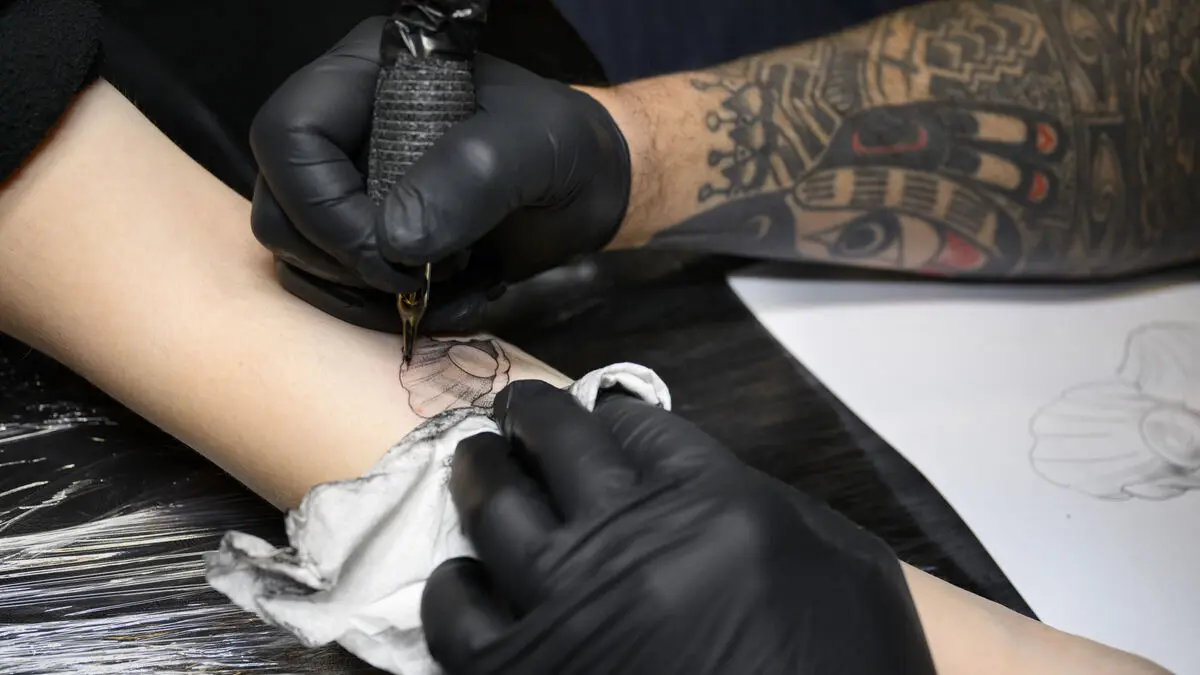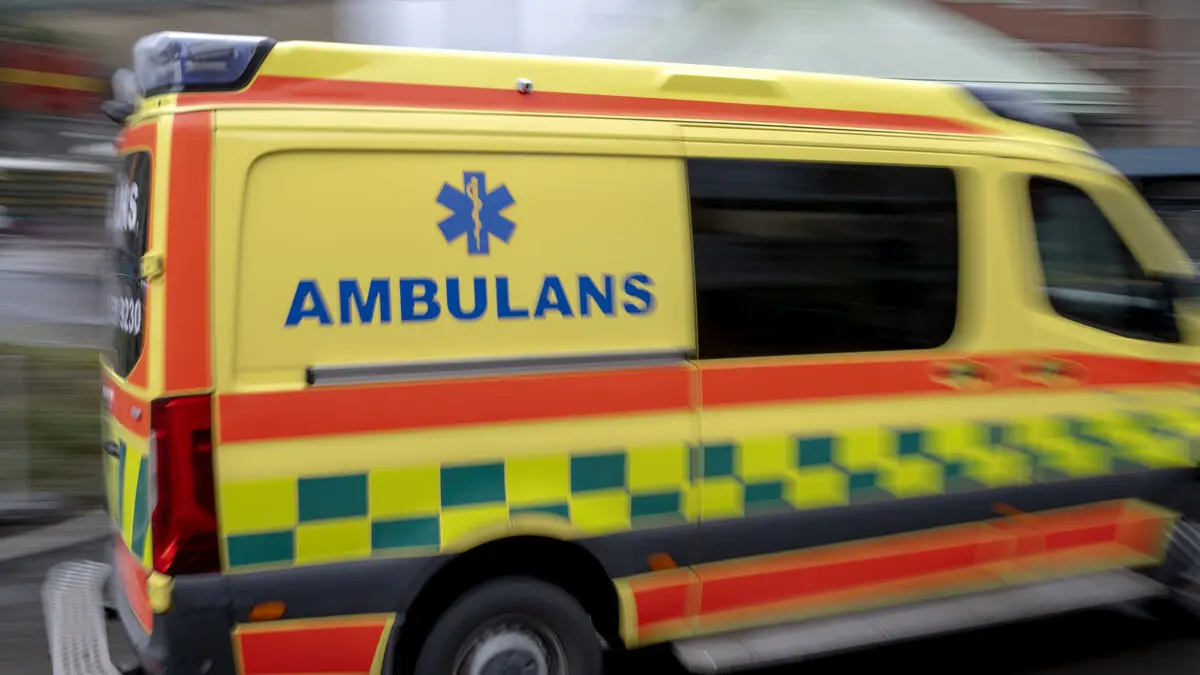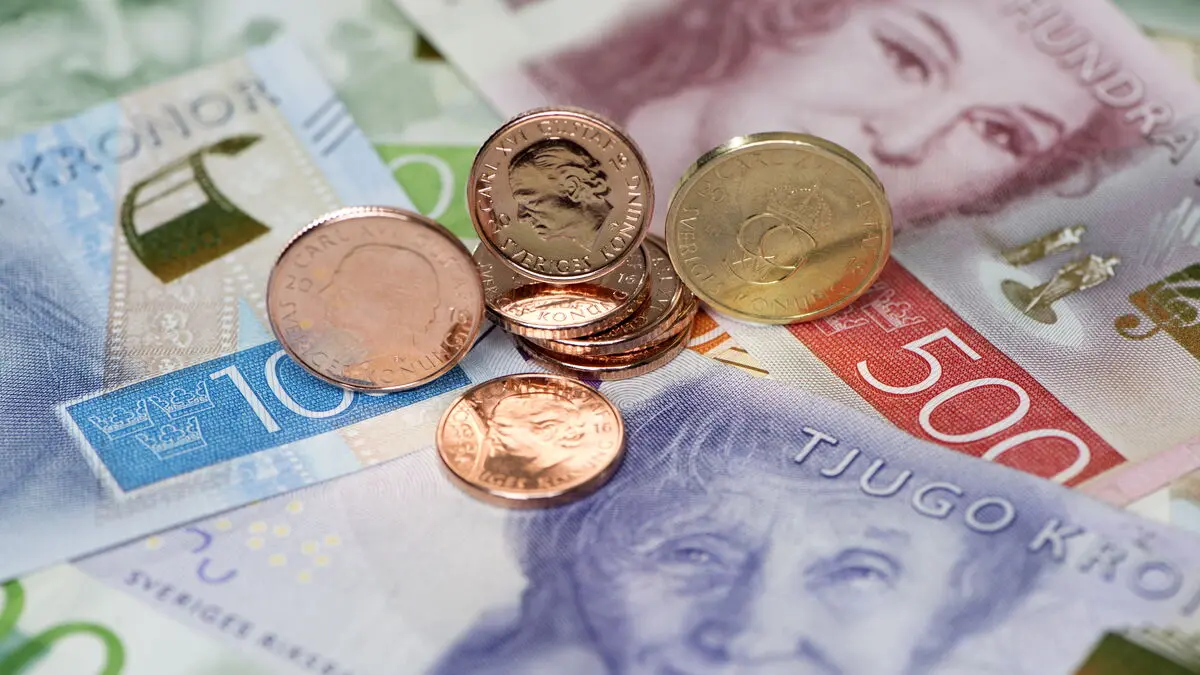In collaboration with the Swedish Medical Products Agency, 96 municipalities around the country have checked over 1,000 tattoo inks, of which 445 are unique, at 372 tattoo artists and permanent makeup salons.
There is no approval process for tattoo inks, the responsibility lies entirely with the industry, says Nina Brunåker.
More than half of the paints lacked the correct labeling, which is important for customers to be able to receive the correct information. If a person is allergic to certain substances, such as nickel, paints containing it should be possible to avoid.
"Not allowed to use"
But the most serious thing was that there was often no labeling stating that the colors were sterile, or that it was not even clear that there was tattoo ink in the bottle, says Nina Brunåker.
You can't use colors that aren't sterile. And you have to know that the color you're using is for tattoos.
Brunåker emphasizes that the municipalities have only checked the labeling of the bottles in the review. They have not done any analysis of the contents, so it is not possible to say with certainty that the paints with inadequate labeling are dangerous.
But it is clear that a dye that is not sterile can be dangerous to use. Or a dye that is not made for tattoos but is used for it anyway, then it is not certain that it is made to be in the body and then it can be dangerous, she says.
Had to throw away colors
The review led to tattooists in some cases having to throw away some inks or being banned from using them. In other cases, the labeling had to be updated. The Medical Products Agency will continue its cooperation with the municipalities to overcome the problems.
There is huge potential for improvement, says Nina Brunåker.





